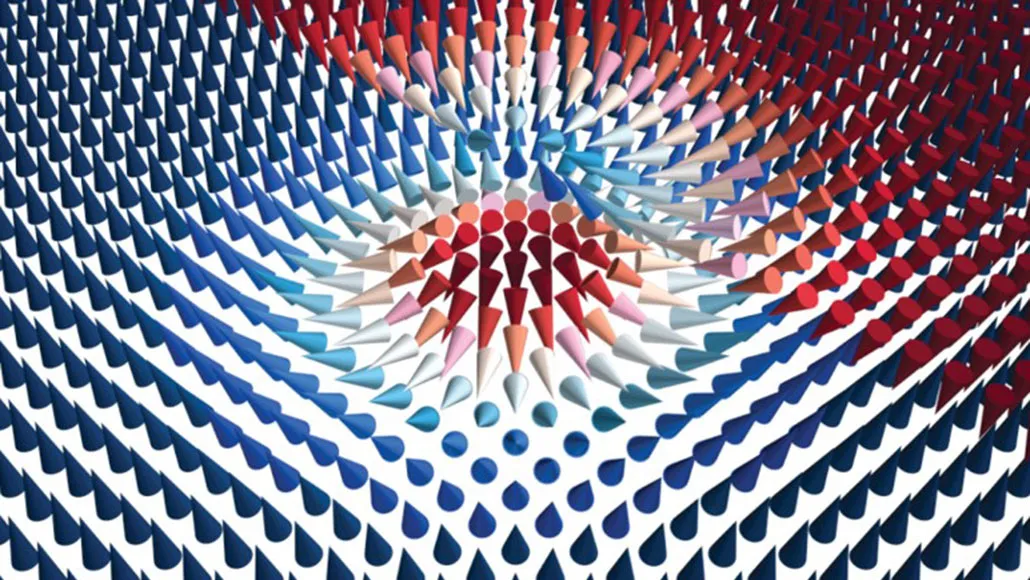
Physicists have created what are known as skyrmions in synthetic antiferromagnets. These atomic whirlpools, in which the tiny magnetic fields of individual atoms arrange into a swirl pattern, could one day be used to store data and create smaller, speedier hard drives.
William Legrand







